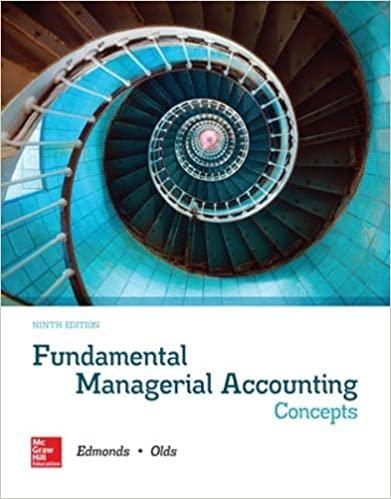Question
For the fiscal year ended December 31, 2019, a company reported Net Income of $7,000,000. The company had 3,000,000 shares of $1 par value common
For the fiscal year ended December 31, 2019, a company reported Net Income of $7,000,000. The company had 3,000,000 shares of $1 par value common stock outstanding all year. In addition, the company had $500,000 par value of 10% cumulative, non-convertible preferred stock outstanding all year. In December 2019, the company declared and paid a preferred dividend of $50,000, as well as a $0.10 per share dividend to common shareholders.
Furthermore, on January 1, 2019 the company issued at face value a $1,000,000, 6% convertible bond with annual interest payments due at the end of each year. The bonds are convertible into 200,000 shares of the company's $1 par value common stock. The company's tax rate is 21% (and there are no temporary or permanent book-tax differences).
On January 1, 2020, the bondholderswho were unaware of the impending COVID-19 pandemicexpected the company's stock price to increase substantially in the foreseeable future. As a result, the bondholders decided to convert the bonds to 200,000 shares of common stock. The journal entry to record the conversion of bonds into shares of common stock will include which of the following?
A.
Debit to Premium on Bonds Payable for $60,000.
B.
Debit to Bonds Payable for $200,000.
C.
No journal entry is required.
D.
Credit to Common StockPar Value for $1,000,000.
E.
Credit to APIC in Excess of ParCommon Stock for $800,000.
Step by Step Solution
There are 3 Steps involved in it
Step: 1

Get Instant Access to Expert-Tailored Solutions
See step-by-step solutions with expert insights and AI powered tools for academic success
Step: 2

Step: 3

Ace Your Homework with AI
Get the answers you need in no time with our AI-driven, step-by-step assistance
Get Started


